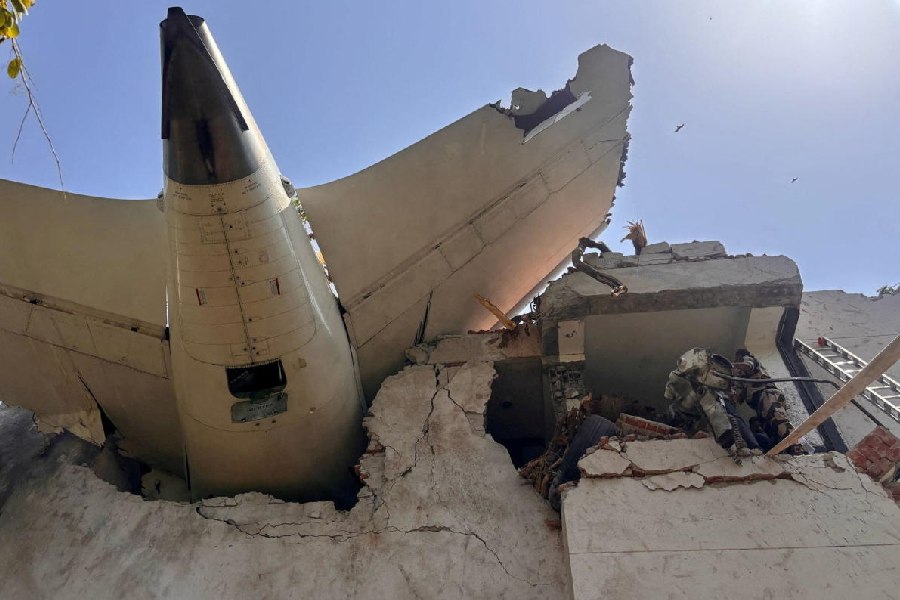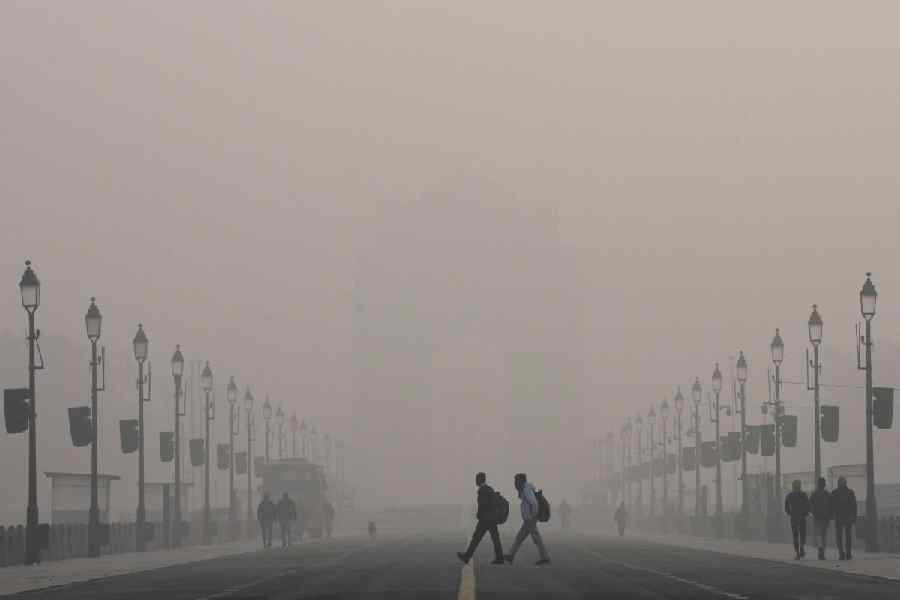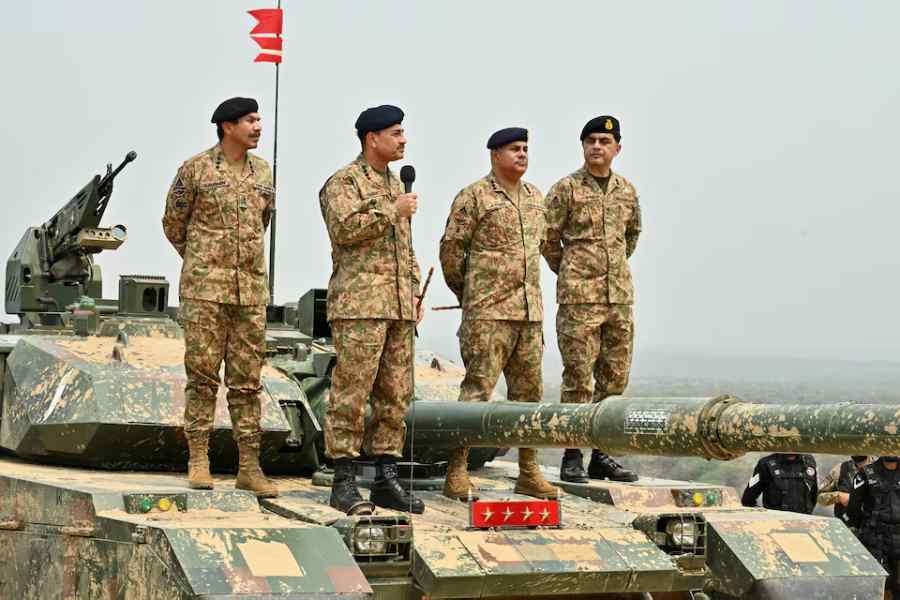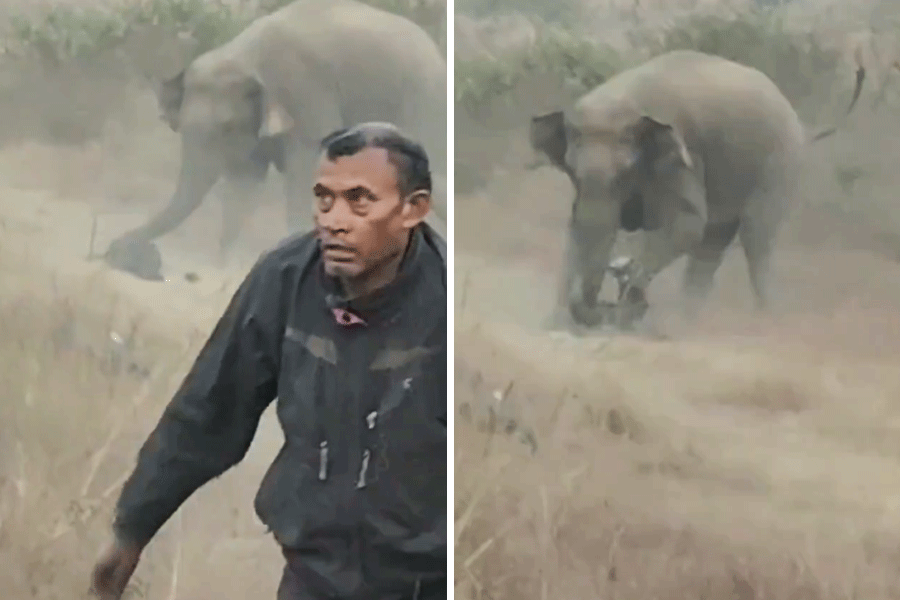India and the world have been left shocked and in grief by the aircrash in Ahmedabad. The Air India plane, a Boeing 787-8 Dreamliner, which crashed on a doctors’ hostel minutes after take-off, was carrying over 200 passengers — Indians and foreigners — and several crew members. Only one passenger has survived the crash, making this one of the worst aviation disasters in India’s history. Five deaths have been reported from the site of the medical hostel. A number of reasons have been speculated upon by aviation experts to explain the crash; propulsion failure being one such factor. But it may take a while to determine the cause that brought about this tragedy. The investigation into the matter must adhere to the necessary protocols and be transparent. The findings must be published at the earliest so that steps can be taken to root out potential risks.
The incident has, quite understandably, redirected attention to the issue of safety in aircraft. A lot of scrutiny is being directed at Boeing. This may be the first ever recorded crash of the 787 Dreamliner but the company did come under a cloud in recent times. The US Federal Aviation Administration was apparently informed by a Boeing engineer-turned-whistleblower that the company had taken questionable shortcuts while manufacturing its 787 Dreamliner jets, thereby amplifying risks. It would also be instructive to assess how Indian airlines are performing on the safety parameter. Shockingly, no Indian airline featured in this year’s ‘World’s Safest Airlines’ list, an assessment by Airline Ratings, which considers such crucial factors as serious incidents over the last two years, adherence to regulatory audits, the age and size of the fleet, standards of pilot training, fatal accidents, airlines’ financial health and so on. Little wonder then that a survey last year had found that as many as three Indian fliers out of 10 believed that airlines mostly cut corners when it comes to maintaining safety standards. The challenge could not be clearer — or starker. India is expected to become one of the fastest-growing large aviation markets in the world by next year. But is enough being done to invest in safety standards by the airlines? Are the government and the aviation regulator doing enough to maintain and improve the requisite conditions of passenger safety? The answer to these questions could well determine the fate of the aviation industry in India and around the world.











